When you left for work in the morning, you were not expecting to get in a wreck in the middle of Edinburg. Unfortunately, car accidents happen all the time. Sometimes they are due to bad weather, poorly maintained roads or negligent driving.
When you are involved in an accident with another a driver that is not your fault, you typically expect that driver’s insurance to cover the cost your medical expenses, the repairs to your car and any other losses you may have suffered. In many cases, it is difficult enough to get your own insurance to pay a claim much less someone else’s. Often, it comes down to proving fault. Read below for a few tips to help you make your case.
File a police report
No matter how sincere the other driver is when he says that his insurance will definitely cover the damage and there is no need to involve the police, do it anyway. Whenever you are involved in an accident, you should always call the police and file a report. Be sure to ask the officers on scene how you can get a copy once it is in the system. This can sometimes take several days. A police report is important because it may provide evidence of your claim. Also, many insurance companies require a police report in order to process an accident claim.
Fixing a police report
Like everyone else, law enforcement officers can make mistakes. If there is a factual error on the police report, for example the wrong insurance information, it is usually fairly easy to request an amended report. However, if there is a dispute, such as fault allocation, this can be much harder. The police department that has possession of the report will have a procedure in place for you to follow in order to amend the report. It may be as easy as including your statement in the report.
Accident types
In general, rear-end collisions and left-turn collisions are typically the fault of the vehicle that initiated the impact. In other words, if another driver rear-ends you, it is probably his or her fault. If a driver makes a left turn and causes a collision, it is more than likely that individual’s fault. In rear-end cases, it is every driver’s responsibility to maintain a safe distance from the vehicle in front. By not following that rule, the driver that rear-ends you is usually liable. When a driver makes a left turn, it is the cars driving straight through the intersection that have the right-of-way, unless they are speeding or running a red light.
If you have suffered injuries because of an accident with a reckless driver, you might able to file a claim for damages. Your attorney will help you fight for a fair settlement so that you are not left with high medical expenses and car repairs.

